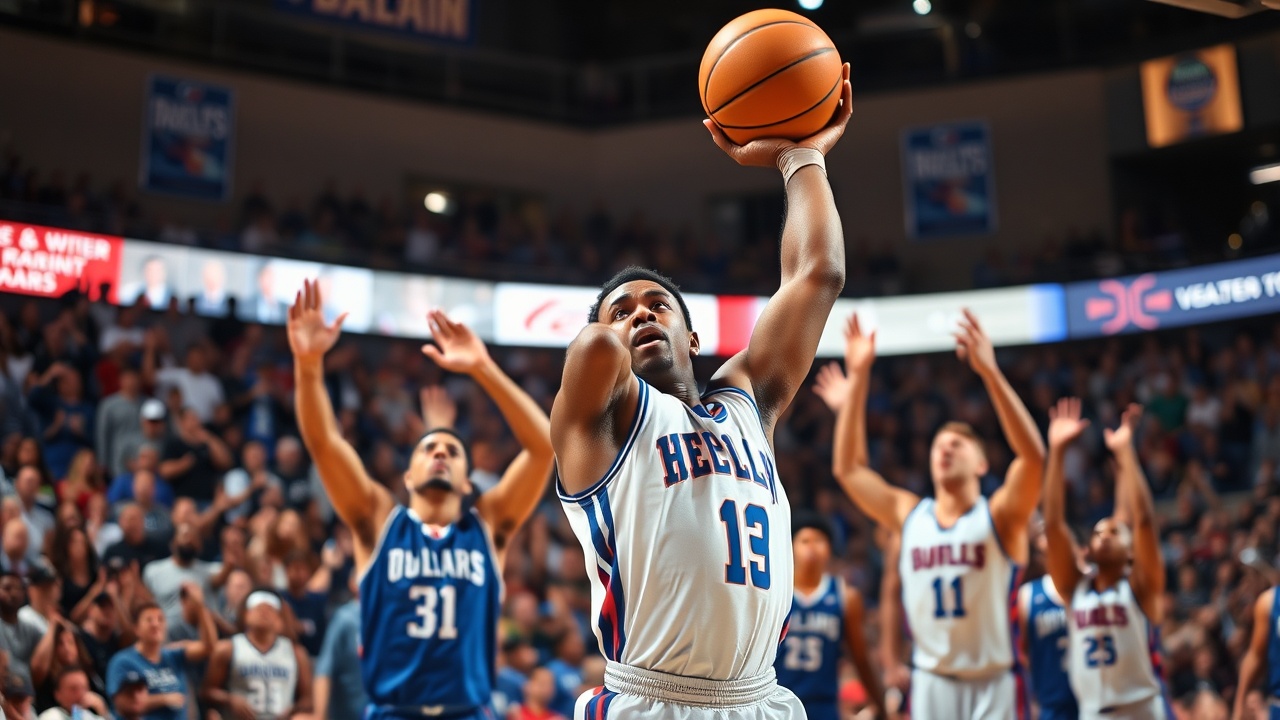Exhilarating Moments in Sports Journalism
During the exhilarating Game 1 of the Eastern Conference Finals, the Indiana Pacers found themselves down by 14 points with just three minutes remaining. I was watching closely from my press spot on Madison Square Garden’s Chase Bridge, preparing to write my immediate assessment. At 10:34 p.m., I jotted a message in our Slack channel about the necessity for more support for their star player, Tyrese Haliburton, who had been carrying much of the load.
As the game appeared to be slipping away from the Pacers, Aaron Nesmith began nailing three-pointers, gradually cutting into the New York Knicks’ lead. While other journalists around me began to make their way down to the press conference room, I felt compelled to stay put; there was still the potential for an exciting finish. Coverage of live games, particularly during the playoffs, is about witnessing pivotal moments, and sometimes those moments defy expectations.
From Panic to Overtime
And then it happened—Haliburton delivered a clutch shot to tie the game just as time expired, though it was later determined to be a two-point basket, sending the game into overtime. My earlier message quickly morphed into panic. “DELETE DELETE DELETE,” I typed frantically, recognizing that my storyline was already outdated. My colleagues were also scrambling to adapt as they processed Haliburton’s stunning performance.
The press box buzzed with activity, with various reporters grappling with their stories as the game’s unpredictability unfolded before them. The real-time reaction in our Slack channels is intense; ideas that seemed timely just moments ago can become relics of the past within minutes.
Rapid Adjustments and Evolving Narratives
Similar scenes played out during last Thursday’s Game 1 of the NBA Finals, which ended dramatically, thanks to Haliburton’s exceptional plays once again. Editors and writers alike found themselves making quick adjustments, reworking narratives as the game evolved rapidly.
Sports journalism thrives on such chaotic and riveting moments. Our role is not merely to document the unfolding drama as it enacts live on screens; we aspire to provide a richer narrative—the backdrop and the emotional weight of the events transpiring before our eyes. Writing about pivotal moments such as those showcased by the Pacers provides us with an exhilarating, albeit challenging, experience.
Capturing Unpredictability
This phenomenon isn’t uncommon in sports coverage. Recalling earlier games evokes memories of similar instances—like capturing the emotional turmoil during Super Bowl XLIX, where a single interception changed the entire trajectory of the event.
Testament to the unpredictability of sports, I also remember the experience of covering a match where dramatic late-game changes forced me to rewrite entire stories. In one particular game between Aston Villa and Preston North End, unforeseen twists—a late penalty miss and even a protest involving a cabbage—created a reporting frenzy as I scrambled to keep up.
Reflections on covering a season where UCF football produced multiple nail-biters remind me of how quickly a situation can reverse, leading to an urgent need to write under pressure. The changing narrative is almost a staple of sports writing, one that constantly demands flexibility and quick thinking.
The Essence of Sports Stories
Tyrese Haliburton, a phenomenal player, reminds us that the unpredictability of sports can lead to exhilarating stories, but also serve up complex challenges for those of us documenting the tales. Effectively capturing those moments—those unexpected second chances—requires dedication and the ability to embrace the chaos of the game.




